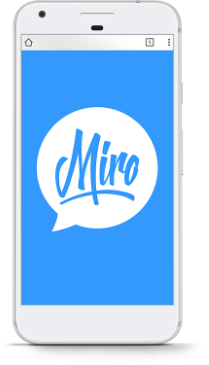To create your keyword list(s), you first need to have a clear idea of what objectives your new search campaign(s) will aim to achieve.
That is to say that when considering your Google Ads Search Campaign Strategy, you cannot take a “one size fits all” approach.
Common Pay-Per-Click (PPC) campaign objectives include:
- Brand Awareness
- Initiating Interaction
- Lead Generation/Qualification
- E-commerce Checkout
- Remarketing
Each campaign should have one specific primary objective or goal to achieve. It is much easier to keep on top of performance and optimise your Google Ads account if you properly categorise and strategise your Search campaigns, ad groups & keywords.
You can’t just pile all the keywords you can think of into one campaign. It’s much more advisable to consider the objective you want to achieve with your campaign and select keywords that directly relate to that objective. Once you have this list of keywords, they should be categorised and divided into ad groups of no more than 10 keywords.
Limiting the number of keywords within ad groups is beneficial because it will enable your Search ads to be tailored for those particular keywords, resulting in a better ‘Quality Score’, which in the long term equates to cheaper click costs.
Did you know?
An ad group consisting of only 1 keyword is known as a SKAG, which stands for Single Keyword Ad Group? The SKAG approach is a commonly used method to ensure ads are as relevant to the keyword as they can possibly be.
If you are only just starting your first search campaigns with a limited budget to initially test, Exact match keyword only campaigns would likely be the best place to begin since this match type is the most restrictive, and will help you be as specific as possible when targeting search terms you want to show ads for. If you are unfamiliar with keyword match types, don’t worry we have another How To article on Google Ads Search Keywords which explains different match types available in depth.

Let’s go through an example!
Consider hypothetical company X, they are a small company that sells products related to sleep such as beds, mattresses, pillows, duvets, etc. X decides to start running Google Search Ads because they have a little extra budget to work with and want to increase the number of online sales to complement their physical store’s performance.
Since they want to get the best performance out of a small budget, and keep their cost-per-sale as low as possible, the best course of action would be to first create a Search campaign consisting of Exact match keywords only. For organisation purposes and ease of optimisation in the future, these keywords would probably be best selected based on one product category.
Generally speaking, the more valuable an item is the more companies (competitors) there will probably be in terms of ad accounts bidding on the same keywords, all fighting for the top spot of the search results page. This generally means that the click cost will be more expensive.
This is definitely something you want to consider when thinking about introducing your first Search campaigns, especially if you have a limited budget to work with! For company X, with their limited budget, they would probably be best starting with an Exact match Search campaign on a low-medium priced item category as the click costs will likely be lowest for related keywords as the level of competition will likely be lower.
Now, company X has created its first Google Search Ads campaign Keyword List, categorised into specific Ad Groups within the campaign each serving tailored ads. Their campaign now has a specific product category in mind, and a specific action they want their campaign to drive on their website.
Note: Make sure conversion tracking is properly set up so you can keep track of how well your campaign is achieving your chosen objective, and effectively optimise to improve future results!
Once company X gets more confidence from the success of the first campaign there are many different avenues they can take, but which avenue is best depends on many factors and variables.
For example, the next step could be to introduce more Exact match campaigns but with keywords relating to their other products/services, perhaps it might be best to introduce a Broad match Search campaign and capture other relevant search terms, or maybe they have other important actions on their website they want people to be doing more of and want a campaign to drive results for that action as well. The sky’s the limit!

